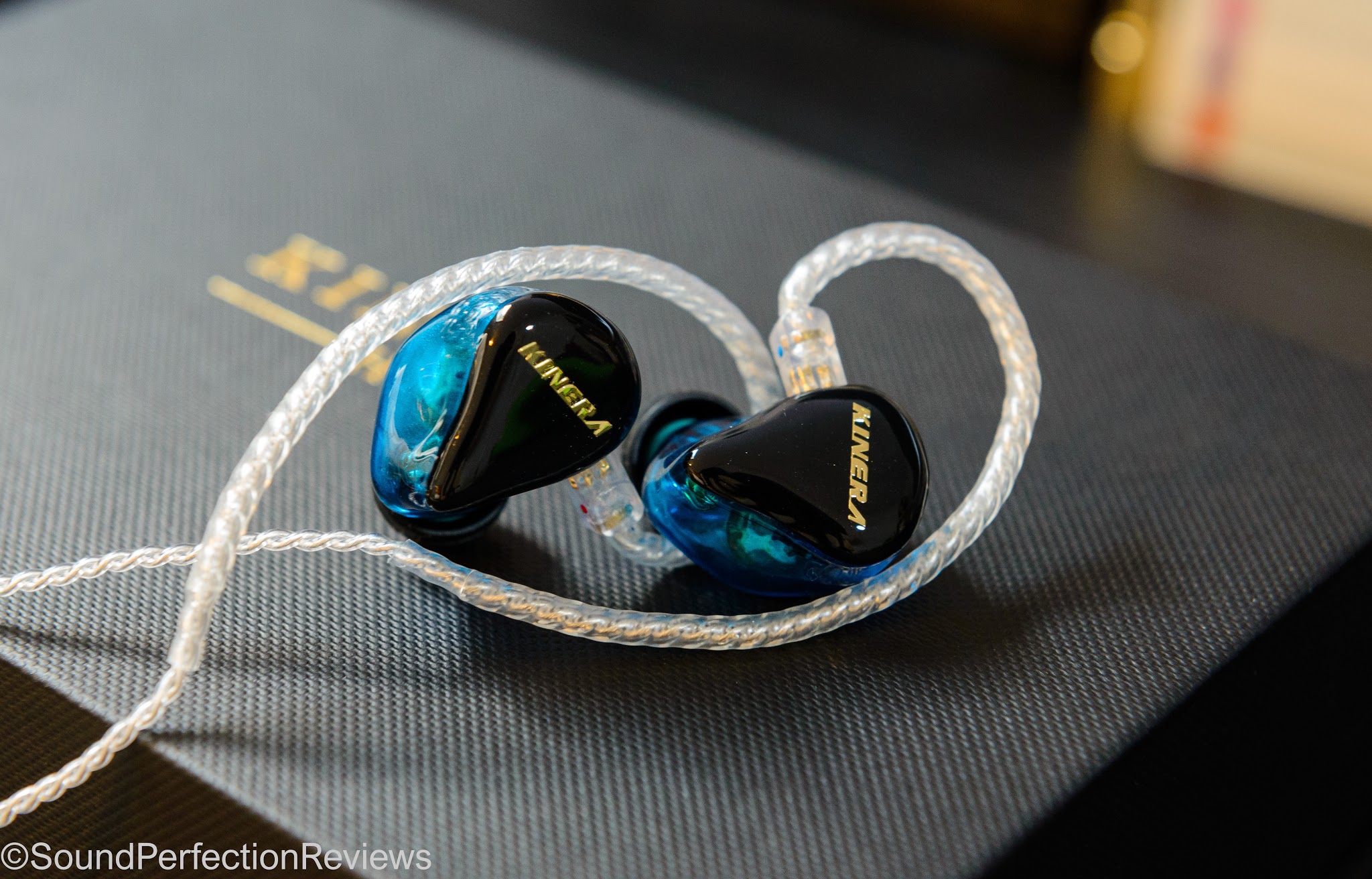Firstly I would like to thank Kinera and Penon audio for this sample, these received over 50hrs of burn-in before reviewing and no differences were noted.
*disclaimer: This sample was provided for the purpose of writing a review, no incentive was given to write a favourable review. All opinions expressed are my own subjective findings.
Gear Used:
Audio Opus #2 > H3 (Final tips)
HP Laptop > JDS Labs EL-DAC > HeadnHifi O2 amp > H3 (Final tips)
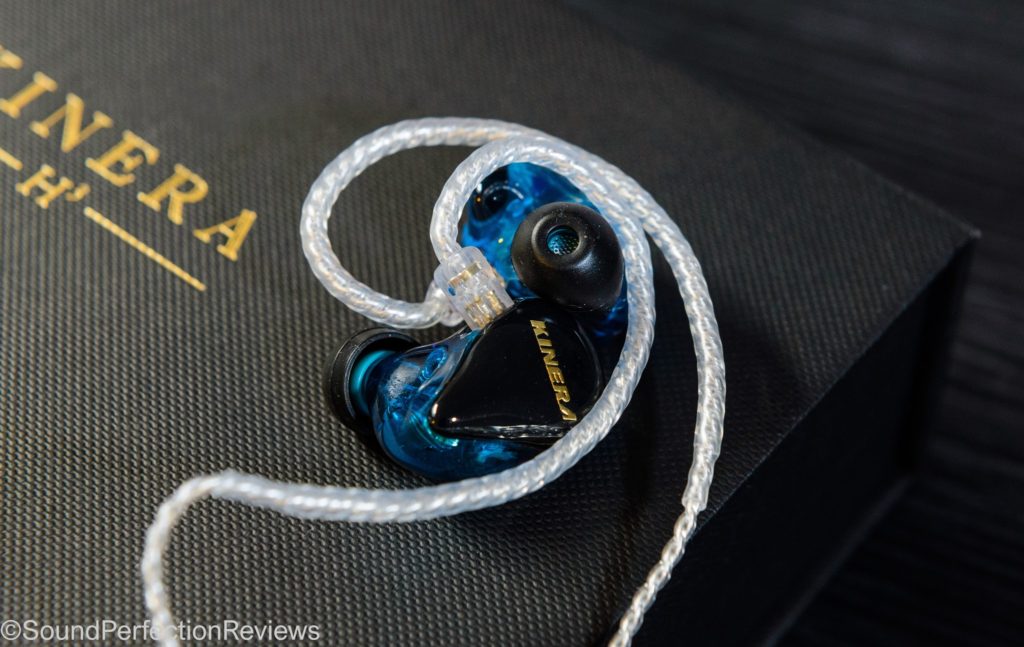
Tech specs:
Driver: 2BA+1D
Impedance: 48Ω
Frequency Response: 20-20000HZ
Sensitivity: 101DB
L&R Channel Balance Sensitivity: <2DB
Max Input Power: 10mW
Cable Length: 1.2meter
Wire Material: 6n single crystal copper silver-plated
Plug material: 3.5mm golden plated
Earphone interface: 2-pin (0.78mm )
MSRP: $99
Available at Apos Audio
Packaging, Accessories and Build quality:
The Kinera H3 come in a lovely textured high quality black card box, with the name Kinera and model H3 embossed in gold on the top. Open the magnetic flap are you will find the carry case and jack adaptors held in a foam inlay. The box is simple yet feels excellent for the price and I really like the simplicity of it.
Accessory wise you get a clamshell carry case, a 3.5 to 6.3mm adaptor, airplane adaptor and 3 sizes of tips in 2 different types. You get S, M and L single flange tips, one type is similar to Sony hybrid tips, and the other has a stiffer blue core and also stiffer silicone. You also get a little velcro cable tidy and a thank you card from Kinera, along with a small manual. Overall everything you need is included.
Build quality is very good, the finish of the shells looks great with no major imperfections, the cable is soft and supple (really good cable) and is detachable. The cable has good strain relief, there is no stiff memory wire on these, instead it is a soft section of pre moulded rubber. I really like the look and finish, the nozzle however does not have a lip, so make sure to use the stock tips or others that are quite tight on the nozzle (Final Audio tips work very well). Overall I have no issues with the build quality, pictures show them off better anyway.
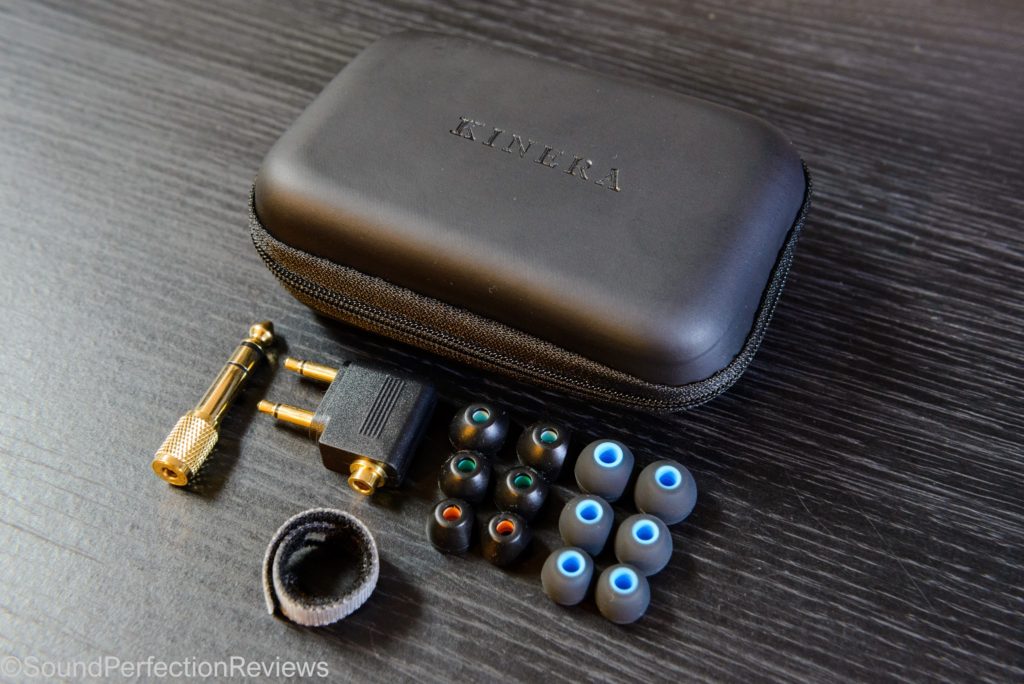
Comfort, Isolation and Driver flex:
The H3 is designed similar to a custom IEM and due to its lightweight construction fit very comfortably in my small ears, and do not protrude very far out of your ear. They are quite slim and once you get a good fit you can wear them for hours without pain. They are some of the most comfortable IEM’s I have used and are really easy to get a good fit with due to the angle of the nozzle.
Isolation is fairly average, this is due to a fairly shallow fit type and also the housing is vented due to the dynamic driver inside. They are still easily suitable for most everyday use, but if you are planning on using them in very loud environments there are other IEM’s that will isolate better.
Driver flex is present up initial insertion, but the drivers quickly return to normal and the driver flex isn’t as bad as some other headphones out there.
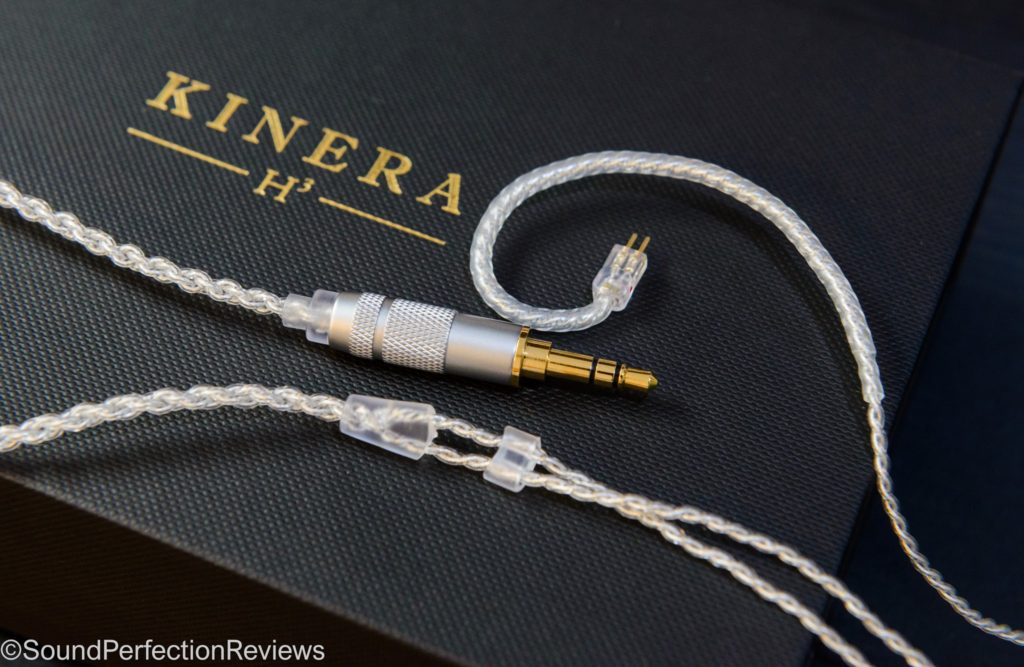
Sound:
Lows: The H3 is a triple hybrid design and lets the dynamic driver handle the lows, the dynamic driver in these definitely has good punch and extends nicely into the sub-bass with minimal roll-off. The bass has good impact and is definitely a little on the fun side of neutral, bass guitar lines have good separation and articulation, kick drums have air to back them up and it’s a nice full bass presentation. The lows can handle EDM to heavy metal with ease; I’m quite impressed by their control. To be honest at this price range I think it’ll be quite hard to find headphones that handle metalcore as well as these.
Mids: The mids are a little laid back compared to the rest of the frequency response, giving these a mild V shaped signature, but they are quite crisp and have good detail retrieval. Nothing really stands out in the midrange, both male and female vocals are handled quite well, there isn’t really any added warmth from the lows but the upper mids are perhaps a slight bit thin and on the drier side. They seem to avoid most sibilance and there is quite a bit of air around the notes in the midrange, separation is quite impressive. They could do with being a tiny bit more forward in the mix when things get busy.
Highs: Now I am a fan of good treble and these certainly offer the quantity I enjoy, these do lean towards a slightly bright top end occasionally sounding a little overemphasised. A lot of this does depend on the recording though, feed them well recorded tracks and the highs will sound well defined, they are not laid back or dark sounding. The good thing is that if you find the highs to be a little on the hot side, tip rolling can help tame them (especially foam tips). There is plenty of sparkle and energy up top, but sometimes they are a little splashy. There is a little too much energy sometimes and cymbal crashes do sound a little odd due to excess energy at 7kHz.
Instrument separation is good overall; there is good air around each instrument.
Soundstage is not huge; it is slightly wider than usual with out of head experiences to be had. The imaging however is very good, especially with complex drum tracks.

Comparison:
Simgot EN700 Bass:
The Simgot EN700 Bass is a good comparison as they are around the same price, the Simgot also feel very well built but the standard version has a fixed cable. So Kinera wins here with a longer lasting design. Both are very comfortable IEM’s, the H3 is lighter so is more comfortable for long periods of time.
Sound wise the EN700 Bass has a more organic and natural tone to it, with a smoother sound signature. It is full bodied and very enjoyable; the H3 is far more exciting and has better top end resolution. I find the EN700 Bass to be quite polite and have excellent separation and resolution, the H3 can come across a little more fatiguing but there is more going on with better detail retrieval.
Both are fantastic for the price, the H3 is quicker and more nimble, offering a more direct and engaging sound. The EN700 Bass is slightly laid back and more natural sounding, so which you prefer will be based on your preferences.
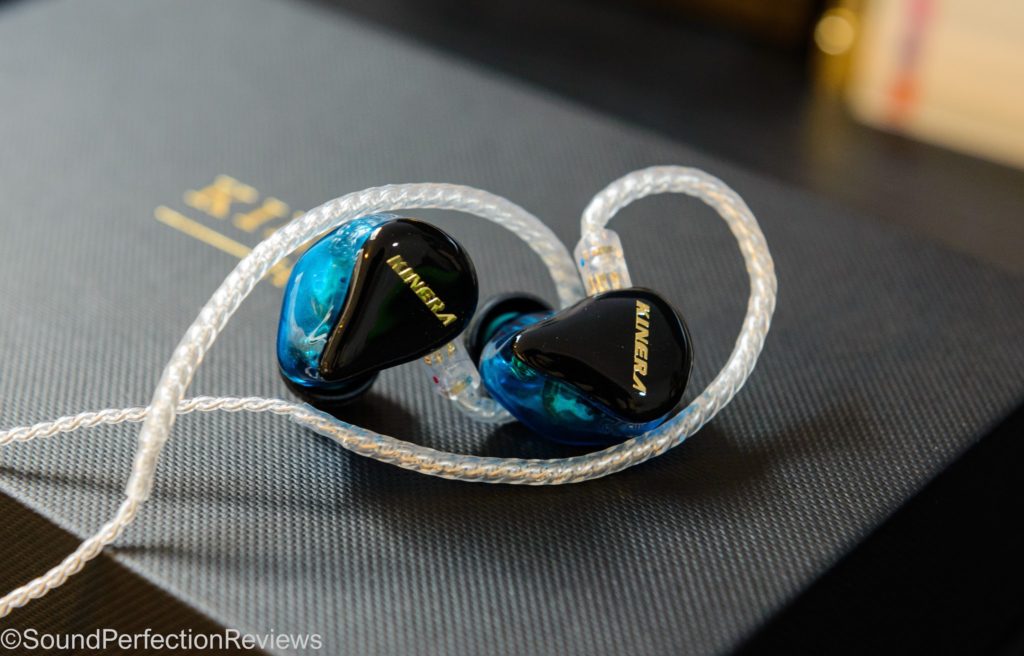
Conclusion:
For $99 these are a very promising IEM from Kinera, with a fun borderline bright sound. They have a very slight V shaped sound signature, but the mids are not badly recessed. The lows are full but also very well controlled; the midrange is crisp and clear and the highs shimmer and sparkle with plenty of presence. These are an exciting and fun IEM and not for those that are very treble sensitive. I have found them to work very well with complex rock music, and the lows can really keep up. Tonally wise they are a little bit lean, but tips influence the sound a lot. Overall I really like these, Kinera have done a really good job, and considering the price these are fantastic value.
Sound Perfection Rating: 7.5/10 (Highs can be a little hot, but the overall sound is highly enjoyable)

